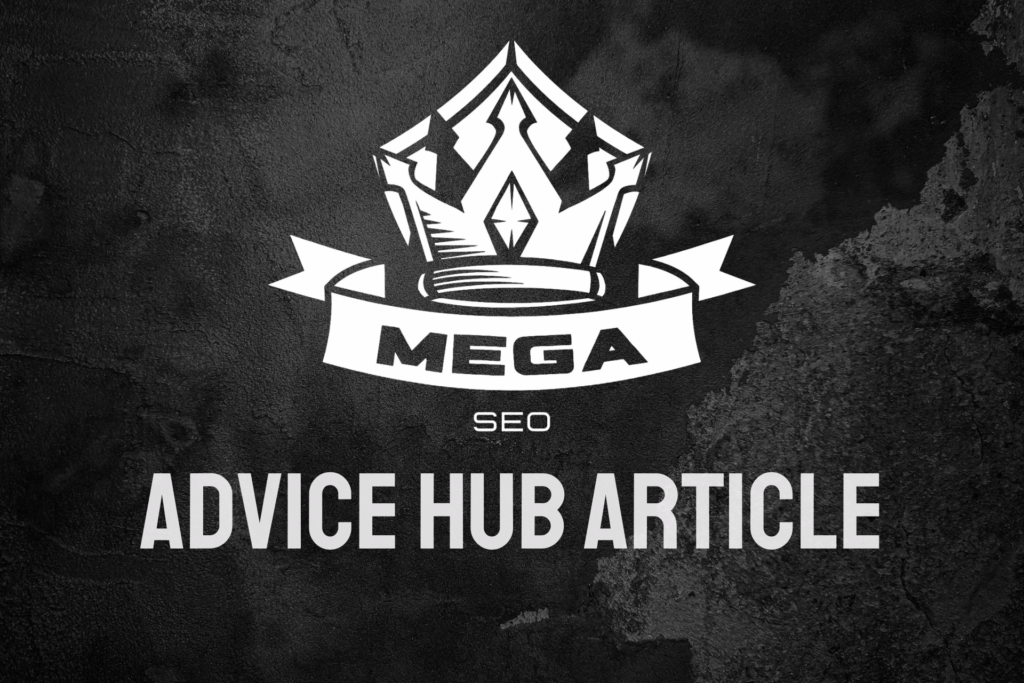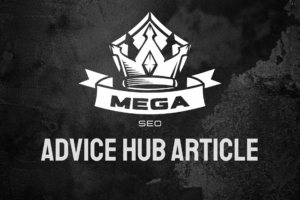Core Web Vitals represent essential metrics that measure your website’s loading performance, interactivity, and visual stability. These metrics directly influence your search engine rankings and user experience. Understanding and optimising Core Web Vitals can significantly enhance your website’s performance and visibility in search results.
What Are Core Web Vitals?
Google’s Core Web Vitals consist of three primary measurements: Largest Contentful Paint (LCP), First Input Delay (FID), and Cumulative Layout Shift (CLS). These metrics help determine how well your website performs in terms of loading speed, responsiveness, and visual stability.
What Does Each Core Web Vital Measure?
Each Core Web Vital focuses on a specific aspect of user experience:
- Largest Contentful Paint (LCP): Measures loading performance by tracking how quickly the main content of a webpage becomes visible to users. The ideal LCP score should be under 2.5 seconds.
- First Input Delay (FID): Evaluates interactivity by measuring the time between a user’s first interaction and the browser’s response. A good FID score should be less than 100 milliseconds.
- Cumulative Layout Shift (CLS): Quantifies visual stability by measuring unexpected layout shifts during page loading. The optimal CLS score should be less than 0.1.
How Do Core Web Vitals Impact SEO?
Core Web Vitals form a crucial part of Google’s page experience signals, alongside mobile-friendliness, HTTPS security, and intrusive interstitial guidelines. These metrics directly influence your technical SEO performance and can significantly impact your search rankings.
What Steps Can You Take to Improve Your Core Web Vitals?
How Can You Optimise LCP?
To improve your Largest Contentful Paint score:
- Optimise Server Response Time: Implement server-side caching and choose a reliable hosting provider to reduce Time to First Byte (TTFB).
- Implement Resource Prioritisation: Use preload tags for critical resources and defer non-essential JavaScript loading.
- Optimise Images: Compress images, implement lazy loading, and use modern image formats like WebP.
- Minimise CSS: Remove unused CSS and inline critical CSS to speed up rendering.
What Methods Improve FID?
Enhance First Input Delay through these techniques:
- Break Up Long Tasks: Split JavaScript code into smaller chunks to prevent blocking the main thread.
- Defer Non-Critical JavaScript: Use async and defer attributes to prevent render-blocking resources.
- Minimise Third-Party Impact: Audit and optimise third-party scripts that might affect interactivity.
How Can You Reduce CLS?
Minimise Cumulative Layout Shift by implementing these strategies:
- Set Image Dimensions: Always specify width and height attributes for images and videos to reserve space during loading.
- Reserve Space for Ads: Implement fixed-size containers for advertisements to prevent layout shifts.
- Optimise Font Loading: Use font-display: optional or swap to manage font loading behaviour.
What Tools Can Help Monitor Core Web Vitals?
Several tools can help track and analyse your Core Web Vitals performance:
- Google Search Console: Provides detailed Core Web Vitals reports for your website, highlighting pages that need improvement.
- PageSpeed Insights: Offers both lab and field data for Core Web Vitals metrics, along with specific optimisation recommendations.
- Chrome User Experience Report: Supplies real-world performance data from Chrome users.
- Web Vitals Extension: Enables real-time monitoring of Core Web Vitals metrics during development.
How Does Mobile Optimisation Affect Core Web Vitals?
Mobile optimisation plays a vital role in Core Web Vitals performance. With mobile-first indexing, Google primarily uses the mobile version of your site for ranking and indexing. Implementing effective local SEO strategies alongside mobile optimisation can significantly improve your overall search visibility.
What Role Does Content Play in Core Web Vitals?
Quality content and proper on-page SEO work hand-in-hand with Core Web Vitals. Well-structured content helps improve user engagement while maintaining optimal performance metrics. Consider these factors:
- Content Structure: Use proper heading hierarchy and formatting to improve readability and reduce layout shifts.
- Media Optimisation: Balance high-quality visuals with performance requirements.
- User Experience: Create engaging content that encourages meaningful interactions while maintaining performance standards.
How Do External Factors Impact Core Web Vitals?
Off-page SEO elements can affect your Core Web Vitals performance. External resources, third-party scripts, and embedded content must be carefully managed to maintain optimal performance metrics.
Ready to Optimise Your Core Web Vitals?
Improving Core Web Vitals requires a comprehensive approach combining technical expertise with strategic implementation. Our SEO team based in Wigan specialises in optimising websites for peak performance and superior search rankings.
We understand the complexities of Core Web Vitals optimisation and can help you achieve and maintain excellent scores. Our data-driven approach ensures sustainable improvements that benefit both your search rankings and user experience.
Don’t let poor Core Web Vitals hold back your website’s potential. Contact us today to discover how we can help optimise your website’s performance and boost your search engine rankings through effective Core Web Vitals management.



